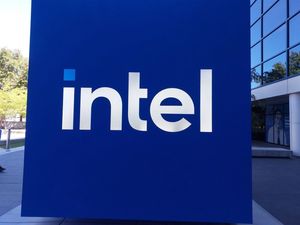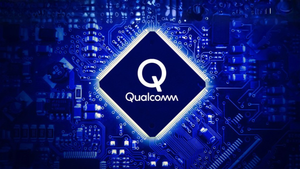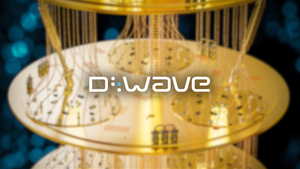In-Home Learning Takes a Giant Step Forward in the Virtual World
WASHINGTON, DC / ACCESS Newswire / October 28, 2025 / Most people use 100% of their brain capacity, not just 13%, according to neuroscience. The idea that we only use a small portion of our brain is a myth that has been debunked by credible scientific evidence that shows all areas of the brain are designed to be continuously interactive, even during rest or sleep. Different tasks use different parts of the brain, but over a 24-hour period, every region gets used.
The key to advanced learning is the interaction of all of the brains regions in a more neural and proficient manner to teach and learn on a dramatically higher level. Simply put, the brain craves information and sector interaction to remain healthy and stands ready to respond.
"BrainZ" is a revolutionary Z3 higher learning tool that turns meaning into a textual and graphic language that connects to the deepest sectors of the brains memory creating an advanced neurological process that comprehends, rationalizes, retains and recites data. "BrainZ" treats words, numbers and images not just as fixed symbols but rather as specific ideas, descriptions and explanations in a physical system of dynamic forces within the brain that interact in the same way thoughts in our head combine to form larger ideas.
An easy way to think about BrainZ is to analogize written language to music. If you think about the meaning behind written information in a musical composition, what BrainZ does is to break it down into a relationship between a series of notes and images on a page to demonstrate how music is to be played and should sound, with symbols and images written into the musical score for advanced learning.

Here is another example: if you see a shooting star in the sky that explodes into a thousand mile rainbow in one hundred colors, that image is logged into the brain. BrainZ higher learning is able to comprehend the entirety of the vision with the ability to both understand and articulate what you saw by using an entirely new language that not only includes letters and numbers but also images and symbols within the text itself, instead of long winded text with supplemental image attachments.
BrainZ commingles text and image presentation in a specific sequence, like reading a sentence, all of which relate to one another according to specific rules already established in different interactive sectors of the brain. In most pages of text 40% to 60% percent of the words are irrelevant to higher learning comprehension.
In a practical application, a student could upload the text from a 30 page chapter of calculus and BrainZ would reformat the content in the chapter in far less pages that included not only text and equations, but symbols and images the brain can absorb and retain more easily based on the way our sectors interact. Here is the most important point: It is one thing for AI to simply give the answer to a complicated question without advanced learning, that serves no good purpose. However, It is completely different when BrainZ not only gives the answer but, imbeds the basic understanding of how the answer was arrived at into the viewers brain.
Face recognition is another prime example of how the brain stores and prioritizes images and memory based on their interaction with other sectors. Chess computer programs are another example that uses patterns and images that interact with textual information and mathematics. AI, for all the fear mongering and bad actors, provides humanity with an advanced prototype of brain sector interaction to assist humanity in higher learning.
Perhaps the most persuasive example of BrainZ learning correlates to the art of sign-language, wherein the deaf use hand and facial symbols to communicate thoughts and emotion that utilize alternate sectors of the brain to effectively communicate. BrainZ uses all of the brains sectors in its new AI language.
By turning written language, images and symbols into relational geometry, BrainZ allows meaning to be quantified, rationalized, and understood faster than ever before. It bridges the gap between symbolic logic and neural pattern recognition, enabling humans and machines to see through themselves as a structured and scalable operating system. Where traditional algorithms predict words, BrainZ predicts and identifies relationships - revealing how ideas interact, cluster, and evolve. The result is a scale-invariant model of understanding and the gateway to higher learning.
BrainZ advanced learning AI launches in the Z3 Metaverse in late 2025.
Visit https://z3metaverse.com for a complete virtual tour of the Z3 Metaverse
Media Inquires can be made at web3@z3metaverse.com
SOURCE: Z3Metaverse
View the original press release on ACCESS Newswire






